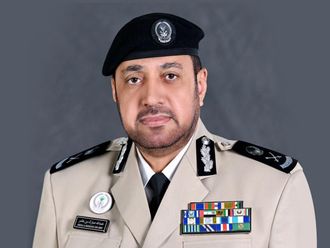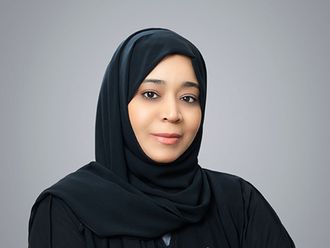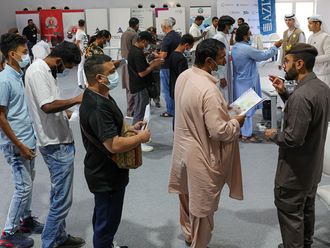
Dubai: The UAE's ties with the United Kingdom are historic, wide-ranging and remain strong to this day.
In 1819, the British Navy retaliated against pirates that had constantly attacked British and Indian ships, leading to the conquering of the Qasimis and governance of Banu Yas tribal confederation in the region.
After this point, a partial truce was signed with Britain by the principal shaikhdoms along the coast and in 1853 a maritime truce was put in place, and the area was called the Trucial Coast. In 1892, after accepting British protection, the shaikhdoms became the Trucial States.
In 1932 some permanent British facilities became available: Imperial Airways (the predecessor to British Airways) built a hostel in Sharjah for passengers and crew travelling to India. In 1951, the Trucial States Council was established, which is the precursor to today's UAE Supreme Council.
When the British announced in early 1968 that they would withdraw from the Gulf by the end of 1971, Shaikh Zayed Bin Sultan Al Nahyan acted to build ties between the emirates. He took the lead in calling for a federation including all seven emirates that made up the Trucial States, and also including Qatar and Bahrain.
An agreement was then reached between the rulers of six of the emirates (Abu Dhabi, Dubai, Sharjah, Umm Al Quwain, Fujairah and Ajman) and the United Arab Emirates was formally established on December 2, 1971.
When Britain withdrew from the region on November 30, 1971, Iran occupied three islands — Abu Mousa and the Greater and Lesser Tunbs. Since that day, the UK has supported the UAE's demand that Iran return the islands to their rightful owner.












